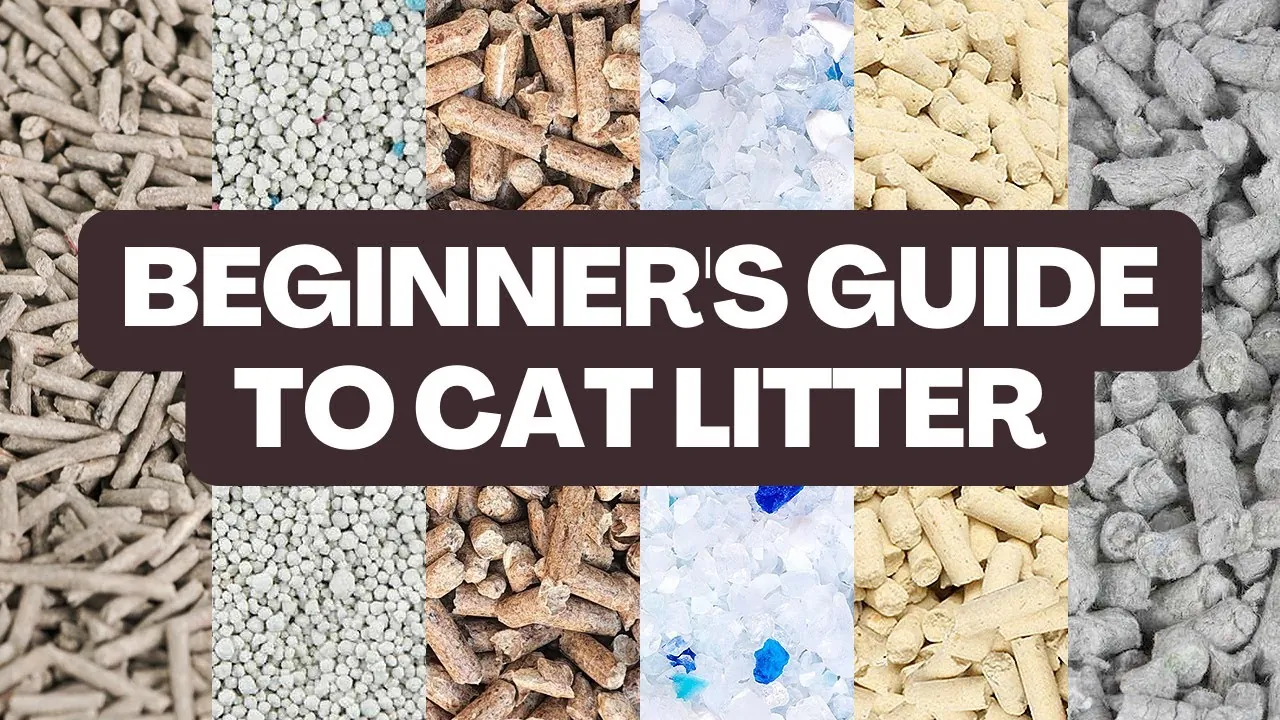wholesale cat litter
The Growing Market of Wholesale Cat Litter Trends, Challenges, and Opportunities
The pet industry is experiencing a transformation, particularly in the realm of cat litter. With an increasing number of households adopting cats as pets, the demand for cat litter has surged. Among the various distribution channels, wholesale cat litter has emerged as a vital segment, catering to retailers and pet supply businesses looking to stock quality products at competitive prices. This article delves into the aspects driving the wholesale cat litter market, the challenges it faces, and the opportunities available for innovative suppliers.
Market Trends
One of the most significant trends in the wholesale cat litter market is the shift towards eco-friendly and sustainable products. Consumers are becoming increasingly aware of the environmental impact of traditional clay-based litters, which are often made from non-renewable resources. Biodegradable cat litters made from materials like recycled paper, corn, and wheat have gained popularity, prompting wholesalers to expand their inventory to include these environmentally friendly options. Retailers that embrace these products not only attract eco-conscious customers but also contribute positively to the environment.
Additionally, the COVID-19 pandemic has altered consumer behavior. With more people working from home and spending time with their pets, the demand for cat supplies has increased dramatically. Wholesalers have had to adapt quickly, ensuring that they have sufficient stock to meet the sudden rise in demand. E-commerce has also become a dominant sales channel, leading wholesalers to enhance their online presence and logistics capabilities. This trend is likely to continue as consumers have become accustomed to the convenience of shopping online.
Challenges in the Wholesale Cat Litter Market
Despite the growth in demand, there are challenges that wholesalers face in the cat litter market. One significant issue is the volatility of raw material prices. For instance, the cost of natural resources used in biodegradable litters can fluctuate, affecting profit margins. Wholesalers must navigate these price shifts carefully, often requiring them to renegotiate contracts with suppliers or find alternatives that maintain product quality without drastically increasing costs.
Another challenge is inventory management. With the rapid changes in consumer demand, particularly in the wake of the pandemic, wholesalers must ensure they can respond swiftly without overstocking or understocking items. Effective inventory management systems become critical to balance supply and demand and to avoid financial losses due to excess inventory.
wholesale cat litter

Furthermore, competition in the wholesale cat litter market is fierce. With numerous brands vying for market share, wholesalers need to differentiate themselves. Offering unique products, exceptional customer service, and competitive pricing can help wholesalers stand out in a crowded marketplace.
Opportunities for Wholesalers
Despite these challenges, the wholesale cat litter market presents ample opportunities for those who are willing to innovate. One key opportunity is forging partnerships with niche brands that focus on unique formulations or sustainable practices. By curating a selection of distinctive products, wholesalers can cater to specific market segments and establish themselves as industry leaders in eco-friendly solutions.
Moreover, technology presents exciting possibilities for wholesalers in the cat litter sector. Implementing advanced analytics and supply chain technologies can enhance operational efficiency and improve inventory management. Utilizing data analytics to understand consumer behavior and trends can help wholesalers make informed purchasing decisions, streamline their operations, and improve profitability.
Lastly, brands that prioritize education and awareness can gain a competitive edge. By providing retailers with marketing support and educational resources about the benefits of various cat litter products, wholesalers can increase sales and foster loyalty among their clients.
Conclusion
The wholesale cat litter market is poised for growth as pet ownership continues to rise and consumers increasingly demand sustainable options. While challenges such as raw material price volatility and competition exist, innovative wholesalers can find success by embracing technology, forming strategic partnerships, and effectively managing inventory. By staying ahead of market trends and focusing on consumer needs, wholesalers can not only thrive in this dynamic market but also contribute to a more sustainable future for the pet industry.







